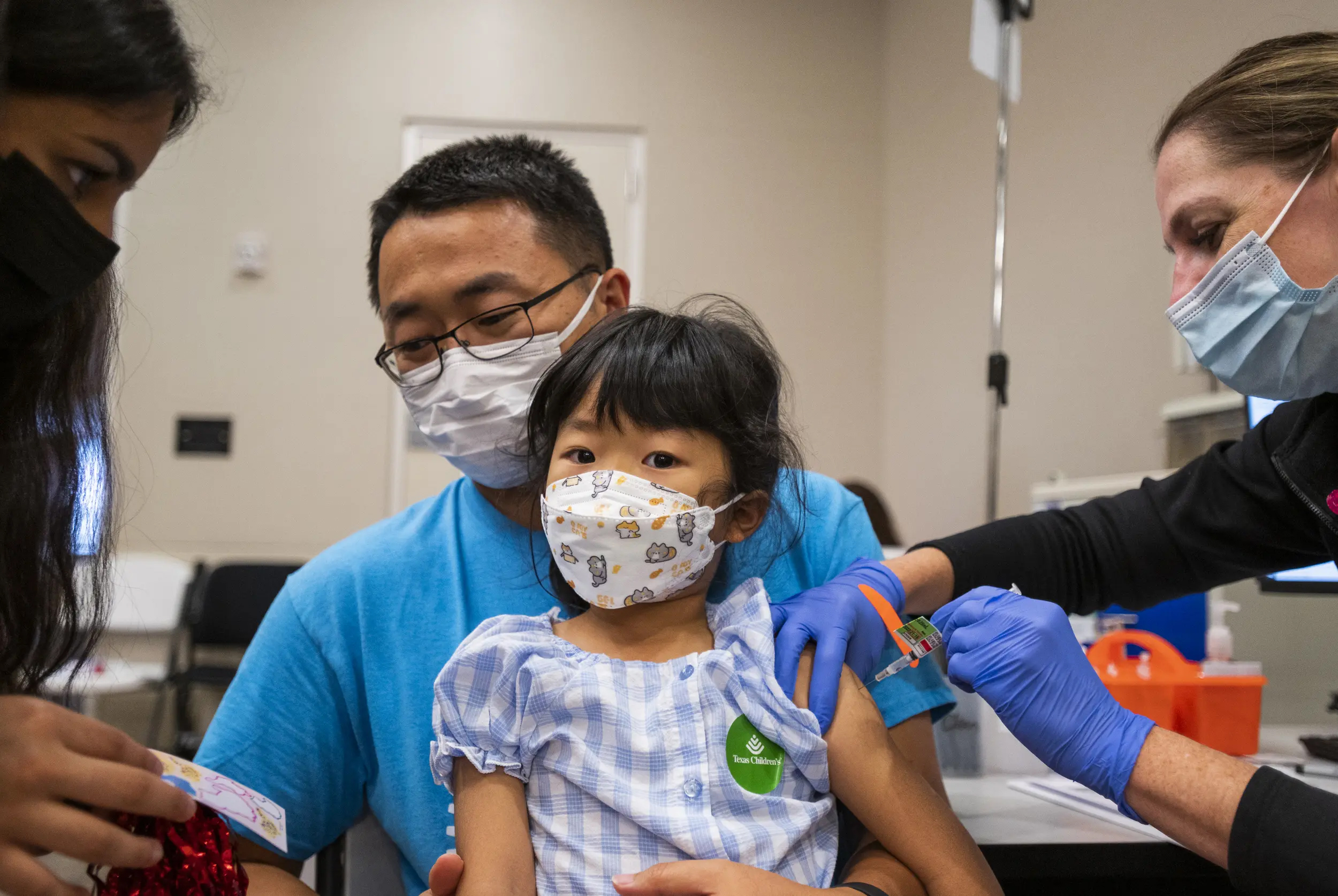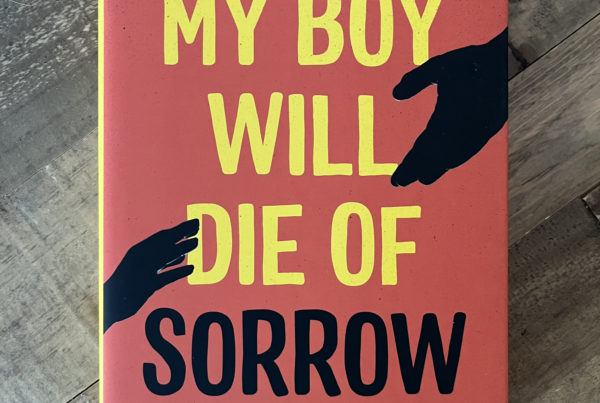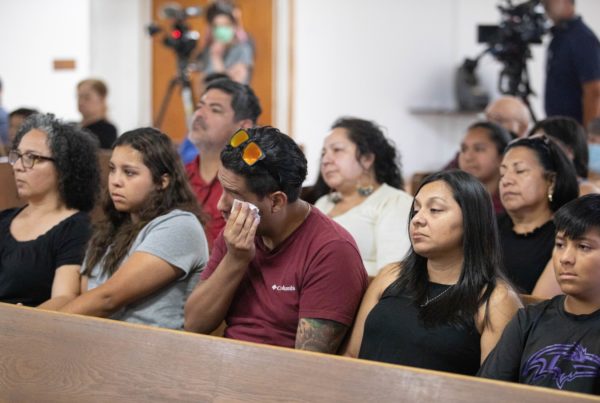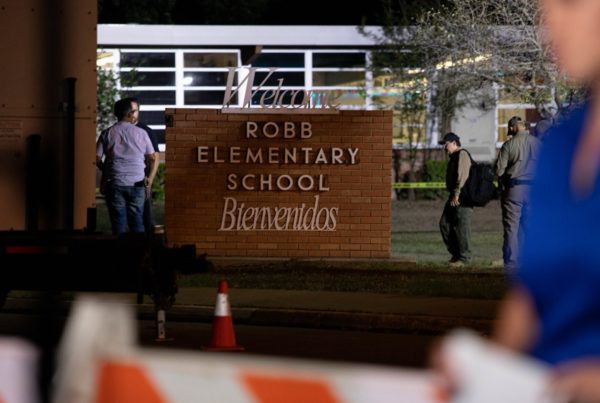From The Texas Tribune:
Caitlin Chmiel was furious and worried when her 2-year-old tested positive for COVID-19 the week the federal government approved vaccines for the nation’s youngest kids in mid-June — when quicker action meant her daughter might have been vaccinated and had more protection against the virus.
Born seven weeks premature in March 2020, Chmiel’s daughter spent her first 19 days of life in pandemic lockdown in a neonatal intensive care unit. When she was able to leave the hospital, she entered into an uncertain world that was masked and defensive against COVID-19. And her parents spent the next two years counting the days until they could protect their frail daughter from it, too.
For Chmiel and her husband, the vaccine’s delayed arrival in Texas was a cruel irony. At the moment it was available in late June, their daughter was already infected with COVID-19 and fighting it off.
Her daughter recovered from the virus after several days of fever and is finally eligible for her vaccine.
“We were so relieved when the vaccines were first made available for adults, but for our family that was not the end to the pandemic,” said Chmiel, 36, of Bryan. “We waited and waited for 18-plus months while it seemed the whole world moved on.”
In the two weeks since the federal government allowed emergency use of COVID-19 vaccines for children younger than 5, nearly 32,000 Texas kids in that age group have been vaccinated.
That accounts for just over 1% of the state’s youngest residents, a lower rate than doctors had hoped, but faster than the national rate for kids that age — even as Texas deals with a lower-than-average vaccination rate across the state.
Parents’ hesitancy
Health officials expect the numbers to pick up when more pediatricians launch their vaccine programs in the coming weeks, and hope they do; cases and hospitalizations are climbing again this summer due to new, highly transmissible variants of the virus.
But Alexis Madison, a San Antonio real estate agent and mother, won’t be adding her children to those numbers any time soon.
She may wind up getting them shots out of sheer necessity, she said. But she is not convinced her children, ages 1 and 4, need them right now. Madison is wary of what she believes is intense pressure by the government to get them vaccinated. And she’s not sure she trusts the science that says the vaccines are safe for kids their age.
“I’m just kind of watching to see, when other parents decide to get their kids vaccinated, how they are,” said Madison, 32, who got vaccinated herself only so she could travel without hassles. “If it becomes mandatory for something, OK fine, I’ll just get them vaccinated so they can play a sport or whatnot. But it’s not mandatory right now, so I’m not making them get it.”
Vaccine acceptance by parents of Texas babies and toddlers is slower than the medical community had hoped it would be after COVID-19 vaccines were approved for use in children ages 6 months to 4 years old in late June.
On June 17, the U.S. Food and Drug Administration granted emergency use authorization, after frequent delays over several months, to Pfizer’s COVID-19 vaccine for children ages 6 months to 5 years, as well as to Moderna’s vaccine for kids ages 6 months to 6 years. The Centers for Disease Control and Prevention recommended their use the following day.
So far, just over 1% of the estimated 1.8 million Texans under 5 have gotten at least one dose. Nationwide, the number is slightly lower, with less than 1% of the country’s 29 million kids under 5 having their first doses.
Hesitancy with the vaccine rises among parents of younger kids because they tend to be more skeptical about the need for them, said Dr. Jaime E. Fergie, director of pediatric infectious diseases and hospital epidemiologist at Driscoll Children’s Hospital in Corpus Christi.
When the vaccine was made available to Texas kids ages 5 to 11 in November, nearly 6% of the population was vaccinated in the first two weeks. For children ages 12-15, when they were approved for the vaccine a year ago, more than 11% were vaccinated in the same time frame, according to the Texas Department of State Health Services.
During that time, the delta variant was making an alarming and devastating impact on the nation’s children, killing twice as many Texas kids in August through October 2021 than COVID-19 did the entire first year of the pandemic. That likely fueled early interest in the vaccine for children ages 5 and up, while recent months with lower community spread have likely bred what Fergie called “complacency” among the parents of the state’s tiniest residents.
“The uptake [for younger children] has been low; it’s been pathetic,” Fergie said. “I think the misconception is that COVID-19 in children is not important. But even though the impact on children is much less than on adults, there is still death for children, and hospitalizations are rising. There are still very powerful reasons to vaccinate children.”
Children accounted for nearly 20% of all COVID-19 cases reported in the U.S. throughout the pandemic. But they are less likely to develop serious illness or die than are patients who are decades older, and the mortality rate has been relatively low compared with adults.
Still, at least 155 Texans age 19 or younger have died from COVID-19 since the beginning of the pandemic, according to state health data. One-third of them were younger than 10.
Some 61% of Texans are fully vaccinated, compared with 67% nationwide.
“Children have fared better overall than adults, and it is true when you look at the entire U.S. population,” said Dr. James Versalovic, pathologist-in-chief at Texas Children’s Hospital in Houston. “One can certainly come to that conclusion. But the fact is that hundreds of children in the U.S. have died of COVID-19 in this pandemic. Thousands have been hospitalized. We’ve seen this impact directly at Texas Children’s.”
Some of the patients have had underlying conditions, but many did not have any known conditions, he said.
“So it’s difficult to predict, and I think the message to parents continues to be, ‘Why take a chance?’” Versalovic said. “When you don’t know if your child is vulnerable and could be exposed at any time, and certainly we know that’s happening today with many infections in communities.”
Omicron still a threat
The omicron variant caused cases and hospitalizations to skyrocket in January, particularly among children, followed by several months of dipping numbers across the nation.
But in recent weeks, two new, highly contagious subvariants of omicron are causing hospitalizations and deaths to swing upward again — adding urgency to calls by hospital and state officials to keep vaccinating and boosting children.
At Texas Children’s Hospital in Houston, the number of patients with COVID-19 on normal days when the numbers are low and steady hovers between below 5 and up to 10, Versalovic said.















